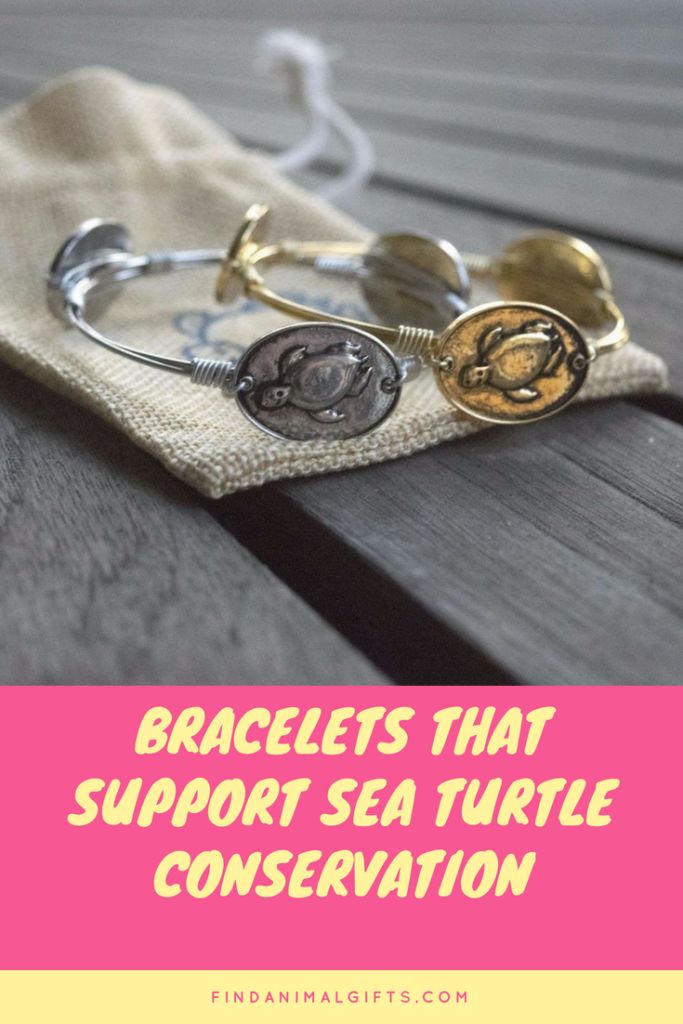Ever pondered the confluence of fashion and philanthropy? What if adorning your wrist could contribute to the preservation of a magnificent avian predator? The “Adopt an Owl” bracelet endeavors to bridge this gap, offering a stylish accessory with a conscience. But does it truly deliver on its promise of conservation support, or is it merely a fleeting trend capitalizing on environmental sentiment?
The Allure of Symbolic Representation
The owl, a creature steeped in mystique and symbolism, holds a prominent place in human cultures across the globe. Revered for its wisdom, nocturnal prowess, and piercing gaze, the owl evokes a sense of both awe and respect. An “Adopt an Owl” bracelet leverages this intrinsic appeal, transforming a potent symbol into a tangible reminder of ecological responsibility.
These bracelets typically feature owl charms or designs, ranging from minimalist representations to intricate, lifelike depictions. The aesthetic diversity ensures broad appeal, catering to a spectrum of tastes and preferences. Beyond mere adornment, the bracelet serves as a conversation starter, prompting dialogue about owl conservation efforts and the broader importance of biodiversity protection.
Deconstructing the “Adoption” Model
The nomenclature “Adopt an Owl” might initially conjure images of personally caring for a specific owl in need. In reality, the “adoption” is symbolic. Funds generated from bracelet sales are typically channeled towards broader conservation initiatives that benefit owl populations collectively. These initiatives can encompass a range of activities, from habitat preservation and research to rehabilitation programs for injured or orphaned owls. Understanding the nuanced nature of this “adoption” model is crucial for discerning genuine impact from superficial marketing ploys.
Unraveling the Conservation Conundrum: Where Does the Money Go?
The crux of the matter lies in the transparency and efficacy of the conservation organizations partnering with bracelet vendors. A legitimate “Adopt an Owl” bracelet should be associated with a reputable organization demonstrably committed to owl conservation. Scrutinizing the organization’s mission statement, financial disclosures, and project outcomes is paramount. Are they actively involved in habitat restoration, anti-poaching patrols, or community education programs?
The proportion of bracelet sales allocated to conservation efforts is another critical consideration. Ideally, a substantial percentage should directly fund on-the-ground initiatives. Opaque donation structures and excessive administrative overhead can undermine the intended impact. Prudent consumers should seek clarity on the financial distribution model before making a purchase, favoring vendors who prioritize direct impact and demonstrable results.
Navigating the Labyrinth of Bracelet Materials and Production
The ethical considerations extend beyond the destination of the funds. The materials used in bracelet construction and the production processes employed also merit scrutiny. Opting for bracelets crafted from sustainable, ethically sourced materials minimizes environmental impact. Recycled metals, sustainably harvested wood, or responsibly sourced beads contribute to a more holistic conservation ethos.
Furthermore, fair labor practices should be a non-negotiable element. Bracelets produced under exploitative conditions detract from the purported commitment to conservation. Seeking vendors who adhere to fair trade principles ensures that the entire value chain aligns with ethical and environmental considerations.
Beyond the Bracelet: Amplifying Conservation Efforts
An “Adopt an Owl” bracelet, in and of itself, is unlikely to single-handedly solve the myriad challenges facing owl populations. However, it can serve as a catalyst for broader engagement and advocacy. Wearing the bracelet becomes a visible statement of support, prompting conversations and raising awareness among peers.
Furthermore, purchasers can actively engage in complementary conservation efforts. Supporting local owl sanctuaries, participating in citizen science projects, or advocating for responsible land management policies can amplify the impact of the bracelet purchase. By integrating the bracelet into a broader commitment to conservation, individuals can transform a symbolic gesture into a meaningful contribution.
The Predicament of Greenwashing
The rising popularity of eco-conscious products has, unfortunately, spawned instances of “greenwashing” – misleading consumers into believing a product is more environmentally friendly than it truly is. Some vendors may exploit the “Adopt an Owl” concept solely for marketing purposes, without genuinely prioritizing conservation efforts. Beware of vague claims, unsubstantiated promises, and a lack of transparency regarding donation allocation.
Conclusion: Discernment as the Key to Meaningful Impact
The “Adopt an Owl” bracelet presents a compelling proposition: a stylish accessory that ostensibly supports owl conservation. However, the efficacy of this model hinges on transparency, accountability, and a genuine commitment to conservation principles. By conducting thorough research, scrutinizing vendor practices, and actively engaging in complementary conservation efforts, consumers can ensure that their purchase translates into a tangible benefit for these magnificent creatures. Only through informed discernment can we transform a fleeting trend into a sustained force for positive change.
